@VP Promotes Economic Impact of SLS/Orion
As I briefed @POTUS & @Cabinet today: with @NASA_SLS & @NASA_Orion leading the way back to the moon and with support of our commercial partners – the U.S. is keeping high skilled jobs & advancing us in the #NextFrontier. pic.twitter.com/vpaBykfIBV
— Vice President Mike Pence (@VP) March 8, 2018



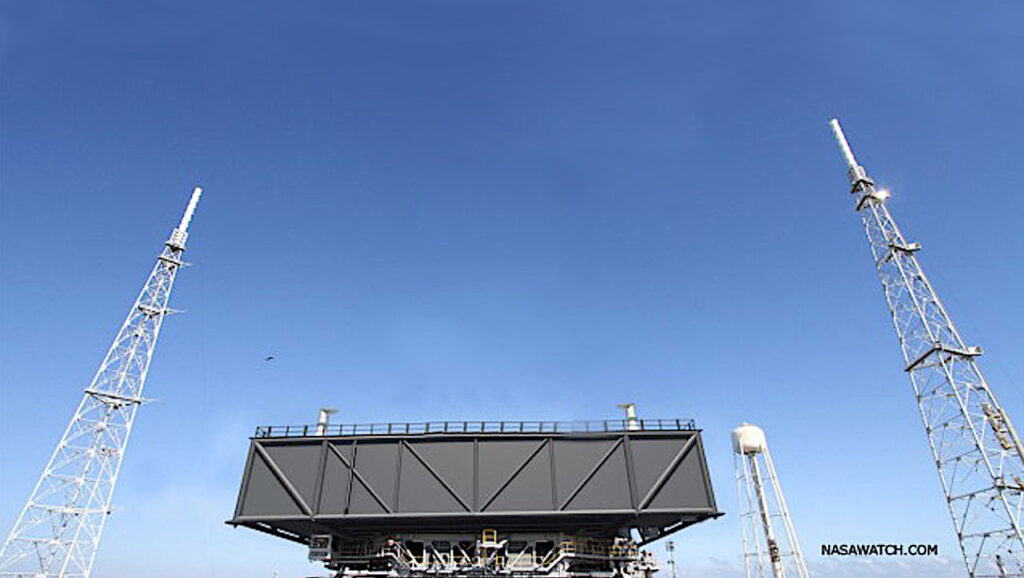
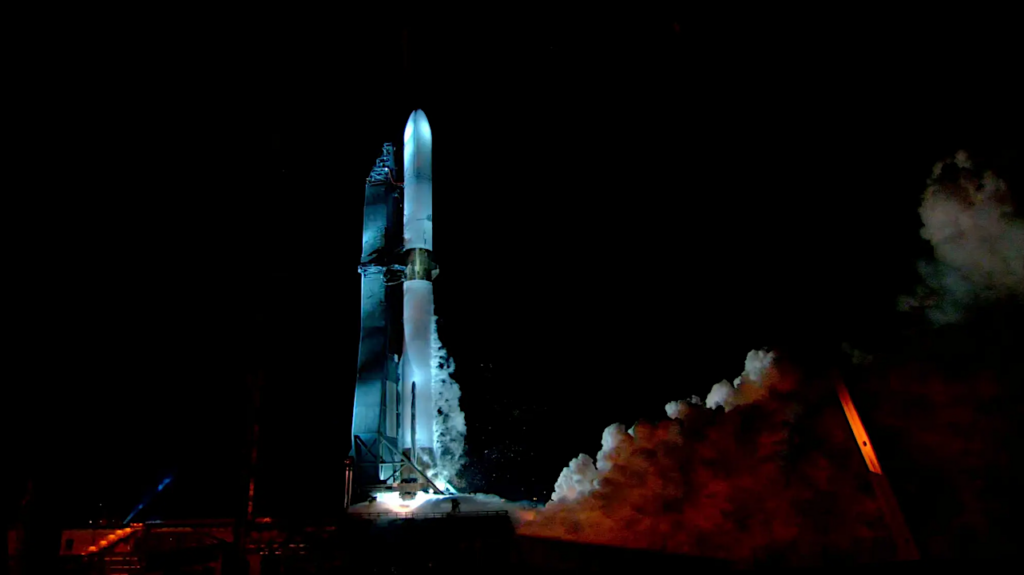
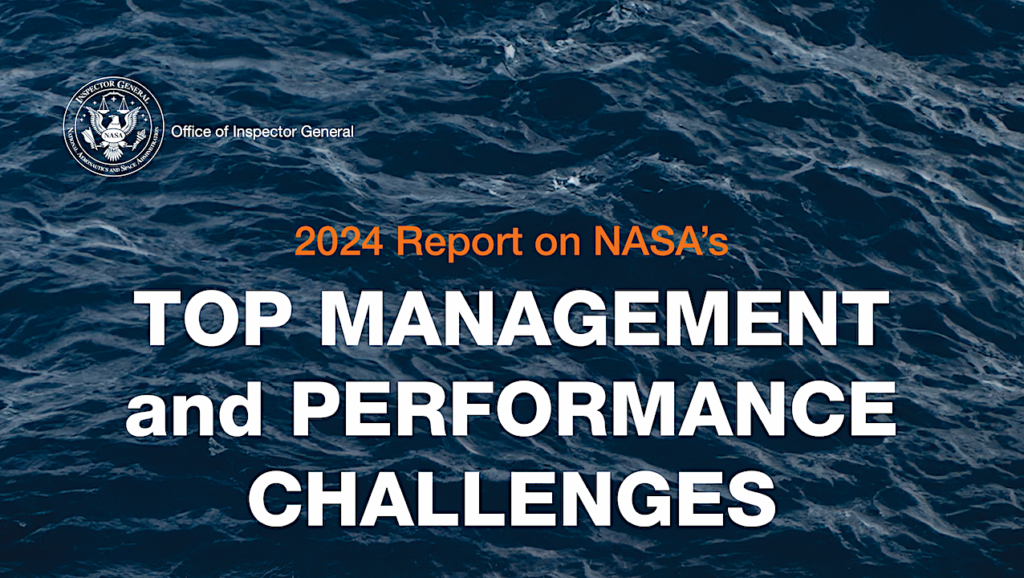
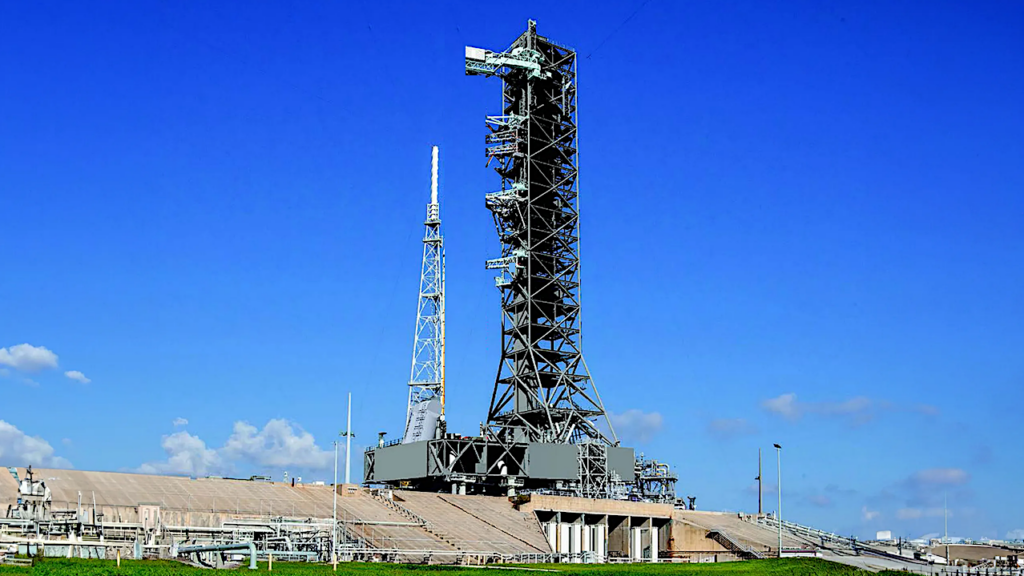
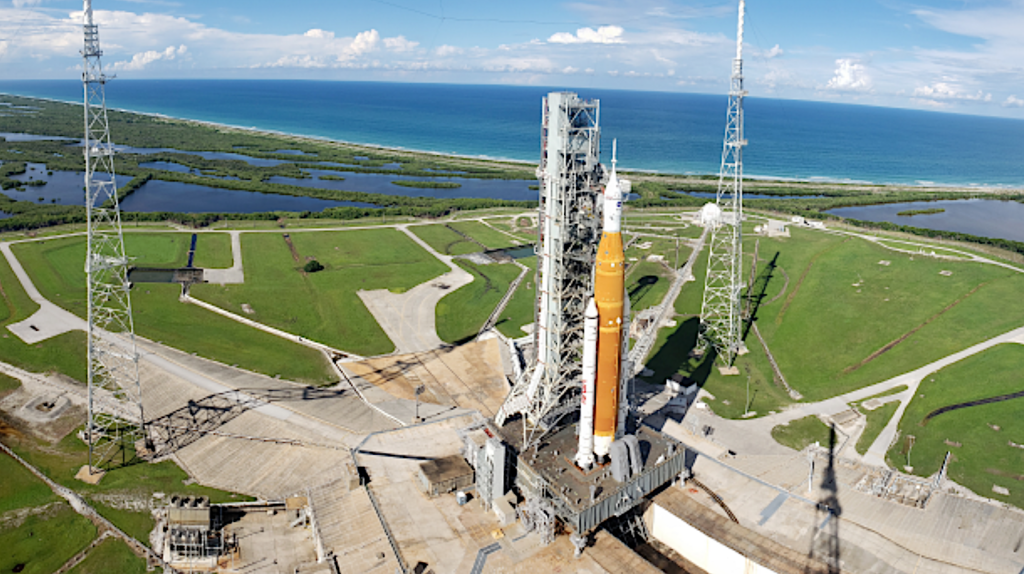

Yep, spread that pork around! No wonder it costs 10 to 20 times what a Falcon Heavy costs to launch…
Buy Falcon Heavies! Even if Elon charges a good markup; still gonna be cheaper than SLS. And pay Elon to upgrade the FH upper stage and the thing will kick SLS Block 1’s heiny…
And invest in LEO fuel depots. ULA has almost all of the technology necessary for a LOX/LH2 fuel depot. If done right, ACES could form the basis for such a depot.
Possibly, but I’d like to see what the cost of station keeping for the tank farm works out to. Both in terms of propellent and operational costs. I’d personally go with electric propulsion, but… In any case, there is more to an orbital tank farm than simply launching a tank full of fuel and knowing how to pump the fuel around.
OTOH, as a space-faring civilisation, isn’t refuelling one of the most basic things we should know how to do?
I didn’t say a tank farm was a bad idea, nor learning to build and operate one. I just said it wasn’t trivial and involve more than launching a tank and pumping fuel. Probably not too much more than developing a large but fairly simple spacecraft, but that’s probably a few hundred million.
Probably more, if the client was NASA. But the original post (Matthew’s) was FH vs SLS. Even if a depot (or network of depots) cost a billion or two, it would still be less than a year of SLS funding.
—
Aside: Personally I think that depots are a bad option this early. We don’t have enough payloads going into the same orbital plane. Better to focus on distributed-launch, where you either send tanker(s) to refuel the booster-stage of the payload, or you launch just the payload into orbit and then launch a docking booster-stage separately.
It has it’s own complexity, but It lets NASA do a multi-vendor COTS-like development, instead of focusing on a single vendor-built depot.
Just think how much further along we could be if we got our money’s worth and if we were actually heading in a sustainable direction. We are wasting all this money to send a couple of astronauts out into the middle of nowhere perhaps once a year?
That was the plan of the Obama Administration. Sadly this one hasn’t hit the reset button yet.
Like the present plan is that much better?
They are one and the same. We are still following the Obama Administration plan. That is the point.
Dude…no President since JFK has given a rip about the space program. The Obama plan? Oh, you mean the one that got us commercial crew and commercial cargo, right?
TLM believes that Obama came up with the idea for SLS.
Fact are facts even if you don’t like them.
REMARKS BY THE PRESIDENt ON SPACE EXPLORATION IN THE 21ST CENTURY
April 15, 2010
https://www.nasa.gov/news/m…
“Next, we will invest more than $3 billion to conduct research on an advanced “heavy lift rocket” — a vehicle to efficiently send into orbit the crew capsules, propulsion systems, and large quantities of supplies needed to reach deep space. In developing this new vehicle, we will not only look at revising or modifying older models; we want to look at new designs, new materials, new technologies that will transform not just where we can go but what we can do when we get there. And we will finalize a rocket design no later than 2015 and then begin to build it. (Applause.) And I want everybody to understand: That’s at least two years earlier than previously planned — and that’s conservative, given that the previous program was behind schedule and over budget.”
This was the birth of the SLS, even though Administrator Bolden had not named it yet. And President Obama continued to submit budgets the included and supported it, so he “owns it” as much if not more that the Congress owns it. It was the price he choose to pay to kill Project Constellation, so its his.
And if you want your laugh for the day…
“Some have said, for instance, that this plan gives up our leadership in space by failing to produce plans within NASA to reach low Earth orbit, instead of relying on companies and other countries. But we will actually reach space faster and more often under this new plan, in ways that will help us improve our technological capacity and lower our costs, which are both essential for the long-term sustainability of space flight. In fact, through our plan, we’ll be sending many more astronauts to space over the next decade. (Applause.).
ROFLOL
COTS started under the Bush Administration and President Obama had no choice but to continue it once he killed off the Ares I and Project Constellation. But it was never high on his priorities which he why he never fought against the cuts that delayed it. Like the ISS, it was there and he just didn’t care about it.
O’Keefe’s proposed COTS-D – commercial crew – was killed by Griffin, under Bush, to prevent a threat to Ares 1/Orion. It only returned to existence under Bolden/Obama.
You know that, of course. Which was why you ignored what tutiger87 actually said.
The Republican controlled House zeroed the CCDev funding repeatedly. The compromise funding worked out by the Administration was typically half. Obama tended to compromise too much, even when he knew he was dealing with assholes.
Obama didn’t care one bit about space. His NASA budgets were always as low as he could get away with. Commercial Crew was a trade off he had to do to in order kill Project Constellation and the Ares I/Orion so he could claim using the Soyuz was temporary. It wouldn’t even have existed as a option if not for Lori Graver. Why do you keep trying to take credit for Commercial Crew away from Lori Graver and give it to President Obama?
I note that eight states and Washington D.C. are shown as having “supplier companies” but no “supplier jobs.” I assume these companies have offices in those states, but no one at those offices works on SLS. I guess they had to stretch a little to claim they were involving every state. (And, of course, Puerto Rico isn’t mentioned, nor are any of the other territories.)
This is the problem with SLS. It’s a jobs program, not a serious attempt at at an affordable, reliable, scalable transportation architecture.
I’m still trying to understand why, with modern computing and manufacturing techniques, that it is so much more expensive to do something we’ve already done. Even if we stick with SLS, nobody has been able to definiteively answer for me why is it so expensive.
Because it costs as much as you want it to cost. Reducing risk is considered a good thing. And there are no limits to the amount of work which can go into reducing risk. So, if there is more money available, there is a good thing to spend it on. The ability to launch on time and without delays? Well that’s reducing schedule risk, so see above. Any other sort of improvement in performance? Also justifiable, unless someone in charge has a very clear idea of what the project is supposed to do and gets really nasty preventing about feature creep.
And, NASA isn’t trying to do something we’ve done before. It has to be an order of magnitude improvement to be worth doing. Personally, I’d say repeating Apollo for a fraction of the cost would be worth doing (since Apollo only visited six sites and a minuscule fraction of the Moon’s surface), but mine views are a minority opinion.
It’s Parkinson’s Law. Work expands to fill the time and money available to complete it.
From VP Pence’s information – shipping must be a significant fraction of over all cost!
Let’s not forget all the interface control documents and other paperwork. Every one of those parts needs a negotiated description of how it will fit together and work with the parts made by a different company. If it’s done in house, you still need the documentation. But you can work it out and modify it by talking with someone in an office down the hall from you.
16,000 supplier jobs nationwide … and there is it .. SUCCESS!
The program has delivered exactly what it was supposed to.
It’s no coincidence that traditional government programs have vast contractor networks, in this case with suppliers in every single state, while SpaceX and Blue Origin, which have reduced costs dramatically, do almost everything in house, even building spacecraft, launch vehicle and engines all within the same company. SpaceX even makes its own monitoring cameras.
Yes, modern manufacturing trends are to leverage technology to manufacture most components in-house to increase quality control while better controlling costs and schedules.
With this diverse “involvement” it’s hard to see how it can be stopped … everyone’s at the trough ! Rather than cancelling the “jobs”, maybe it’d be better to create parallel lines for Falcon and others ?
It’s the ultimate cynicism – something that NASA has been guiltily doing for decades – the assumption that putting a straightforward plan for space exploration in front of the American people wont work; that they must be ‘bought off’.
Argh.
(Yea, I know, we’re buying congressmen, but still).
I thought they did put together a straight forward plan under Sean O’Keefe. When he left, the disaster called Constellation designed by Michael Griffin replaced it. We haven’t recovered since. Politicians know what works politically far more than they know what works technically.
Correct. The Vision for Space Exploration was basically put on hold and then Griffin did “The 60 day study” which concluded the EELV’s were both to dangerous and to expensive and morphed that into the ESAS and Apollo on steroids.
Well, ok, but Constellation failed for lots of reasons; the breadth of suppliers surely isn’t one of them?
Where have we seen this before?
Please take this into a timeline perspective folks. We all knew that EM-1 was too far along to not fly…even if it doesn’t fly until 2020. They still need to rebuild the gantry before EM-2 to accommodate the taller rocket, so 2024. EM-3 in 2025? Maybe? Then the DSGW is finished. So 7 years. Part of the reason for COTs, CCDev, and NextStep is because of the limited attention span of Government.
Think about it. FH will have been flying 3 shots a year…Almost half as many total flights that F9 has flown. New Glenn and BFR will both be flying.
The odds of EM-3 flying MAY have just gone up, it by how much really?
If the Dems take the Congress (and politics are so disrupted right now so as to make predicting that impossible), then Trump will be a lame duck and short-term Prez next year. Even if not, he seems to like revisiting things. 7 years is a very, very long time for Government under the best of circumstances…which these are not.
“Sir, I think we’ve identified the problem…”
Think of the negative impact on morale. Many engineers realize that the quality of their work does not matter, because SLS will never fly and NASA will never design another launch vehicle.
The biggest boost to morale would be Missions – even if the vehicle is/was not optimal; give people MISSIONS and they’ll work bloody hard to achieve something worthwhile. I think Shuttle and ISS proved this. With no missions – expect an endless treadmill of development and ‘tweaking’ designs, spending money with no end goal in sight. First the Moon – then Mars – then the Moon (sort of) again. They should pick a damn destination and get on with it. Without a radical rethink and a wad of more cash: I think Mars is just a bridge too far. SLS is a Moon rocket, but it’s just a little sub-optimal in payload to do a crewed mission in one launch.